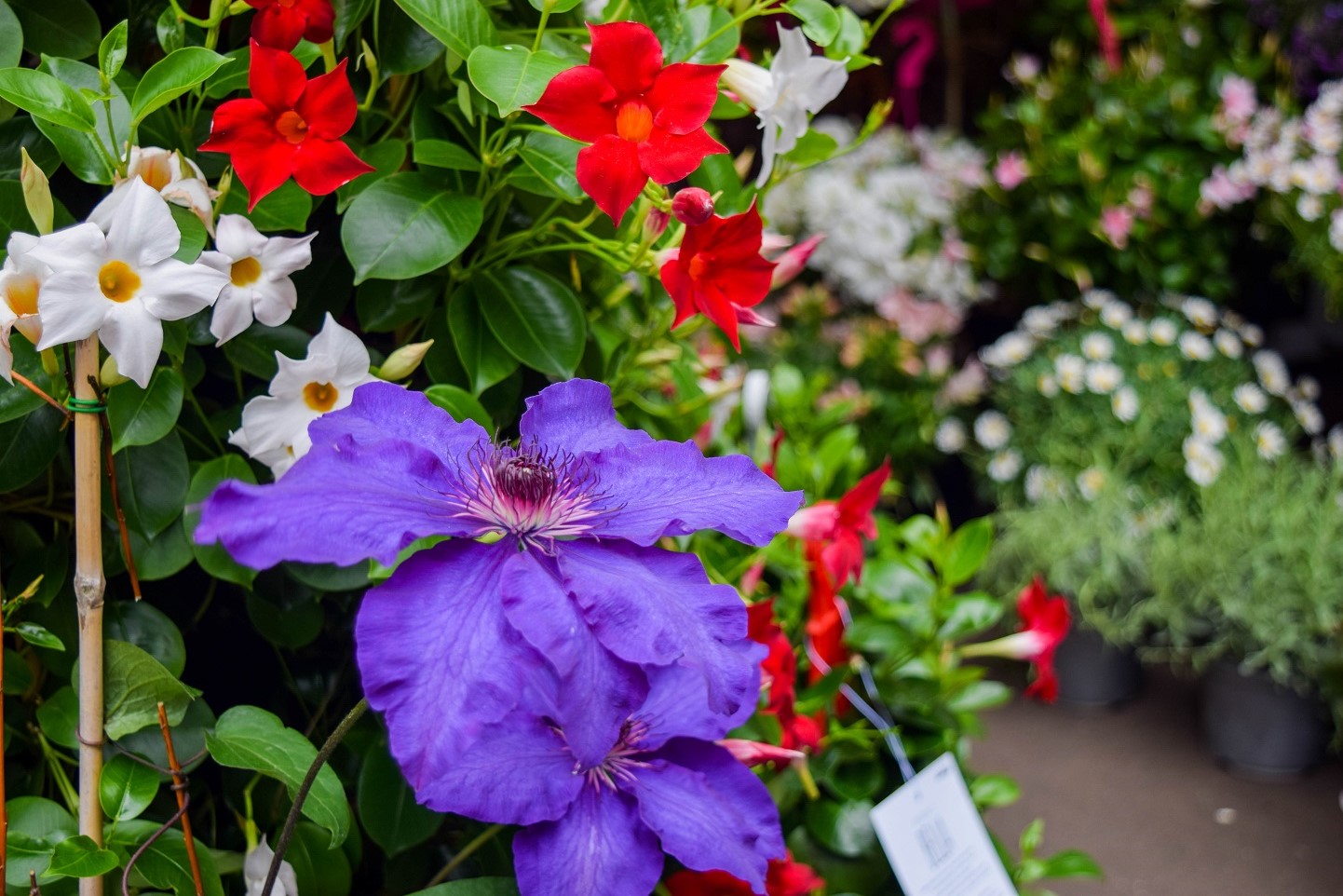The Yamas – one of the eight limbs of yoga – are viewed as ethical guidelines for living one’s life. If the Niyamas focused on the inner, the Yamas offer guidance for the external or outer, how we interact with others and the world. The first of which to explore – ahimsa – is one that I know I’ve heard often in class and was my introduction to the Yamas.

Ahimsa is nonviolence, and the way I remember hearing about the concept was as a reminder to also practice nonviolence to oneself. Meaning to listen to your body and take care of yourself. If something doesn’t feel right, try to understand if it is pain or discomfort. And if it’s painful, back out of it and modify as may be necessary. Or if maybe midway through class you need to catch your breath, take a child’s pose even if it may not be offered right then.
Outside of the studio, ahimsa offers a way of interacting with the world. Because it’s not just actions, but also our thoughts – which then comes back to how we treat ourselves. Negative thought patterns do nothing to enhance my mood, and if anything can begin a downward spiral. If I choose to practice ahimsa, once I start thinking something negatively I can try to reframe that. Either think of the other person’s point of view or just move on to something else. It informs my interactions with others, rather than snapping a quick retort, I can respond more positively, or maybe even not at all.
I’ve referenced on this blog before the quote about our thoughts informing our actions. It may not be easy. But as has often been said about yoga, it’s a practice.
Another way of looking at ahimsa is not just nonviolence – which is not doing something – but as practicing compassion. Which is taking an active approach to both ourselves and to others. And it’s true that a little goes a long way.
Recently, I gave my somewhat automatic response to a cashier when asked how I was. I said, something along the lines of “I’m well, thank you. How are you?”
The individual paused and smiled. And said “I’m good, thank you for asking.”
Asking how someone’s day is going is something I expect many of us do automatically. It’s almost like a greeting and maybe not always is an answer expected. But when someone isn’t often on the receiving end, it can mean something. So I do now try to take the time to allow for a response. Because maybe someone just needs to know that someone else cares enough to ask. And maybe one day that person is you.
Practicing ahimsa is one way to respect others, and respect that there are things going on in their lives that we may know nothing about. And yes, there is a return benefit. Reframing negative thoughts or actions I know makes me feel a little lighter, a little more content. And that’s how I would like to spend my time feeling.
This is the part of a series of posts for The Mat yoga studio, sharing my thoughts and observations as a student only. The views and opinions are my own.


